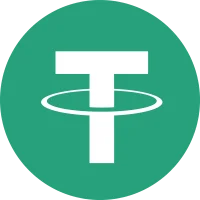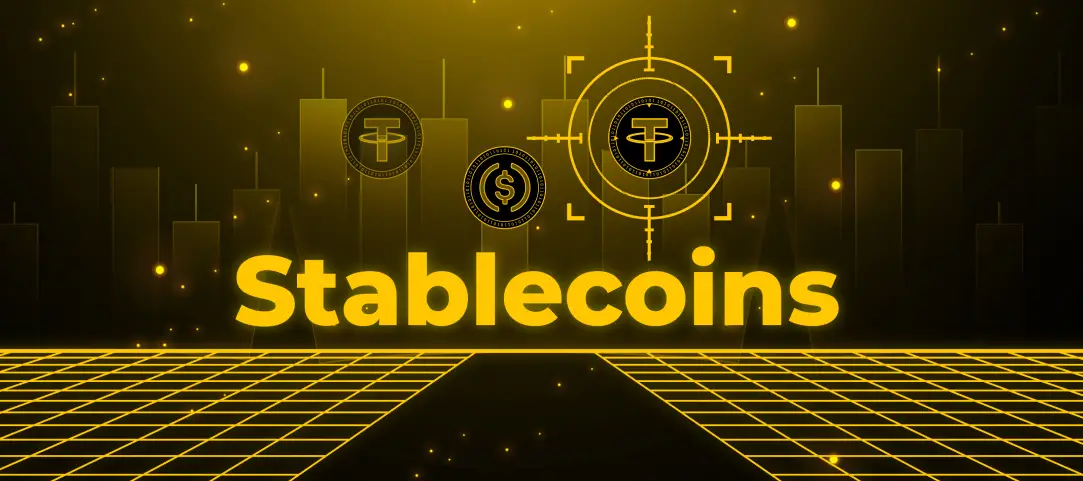Table of Contents
Bitcoin, powered by blockchain technology, has inspired decentralized innovations across industries. However, it lacks practical usability. The extreme price volatility and foreign nature of cryptocurrencies like Bitcoin or any altcoin inhibit people from using them as a medium of exchange.
This pressing need to bring stability to crypto markets and pave the way for a new form of digital money led to the creation of stablecoins. With the recent rise in popularity of crypto and Web3 technologies, the demand and stablecoin usage have skyrocketed. Along with billions in new issuance increasing the market capitalization, we saw many investment products use stablecoins, like lending, saving, or borrowing products.
While stablecoins are adding utility, we must also acknowledge that they are creating uncertainty and fear in the markets. Partly, it’s because there is no proper regulatory framework, posing systemic risks to financial institutions. And most importantly, some of the stablecoin issuers, be they new or established, are failing to maintain a stable value at all times.
So, should you be storing your money in stablecoins for financial stability? And how reliable are they over fiat currency in supporting payment services? This article will answer these questions and help you understand the future outlook of stablecoins.
What is a Stablecoin?
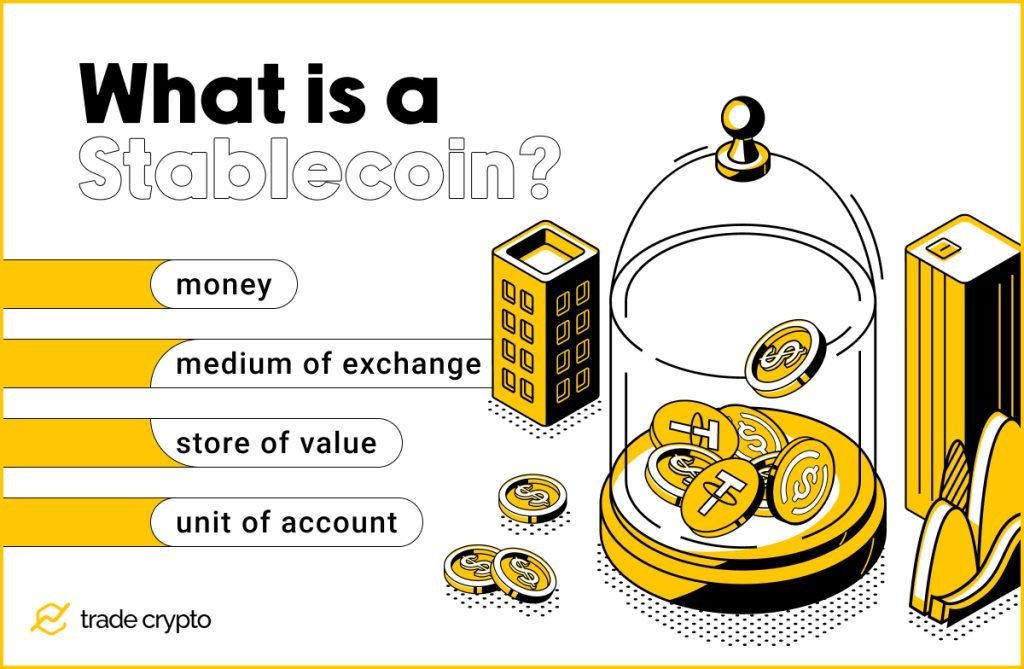
Stablecoins are commonly referred to as digital money or coins over cryptocurrencies. That’s because not every cryptocurrency meets the three main criteria: money, medium of exchange, unit of account, and store of value. So our purchasing power doesn’t change with market conditions, making stablecoins practically usable for buying goods and services.
Besides price stability, the most compelling aspect of stablecoins is their accessibility. Blockchain platforms enable anyone with an internet connection and a software Web3 wallet to transfer and receive money at low fees and high transaction speeds. This dynamic instantly improves cross-border payments and allows third-world countries suffering from high inflation to secure their buying power in stablecoins.
So, blockchains enable a more secure and accessible form of money in stablecoins. But how are they even created? We can’t print money out of thin air, right? Yes, stablecoins need to be backed by other assets. Okay, what are they? Let’s find out.
What Are Stablecoins Backed by?
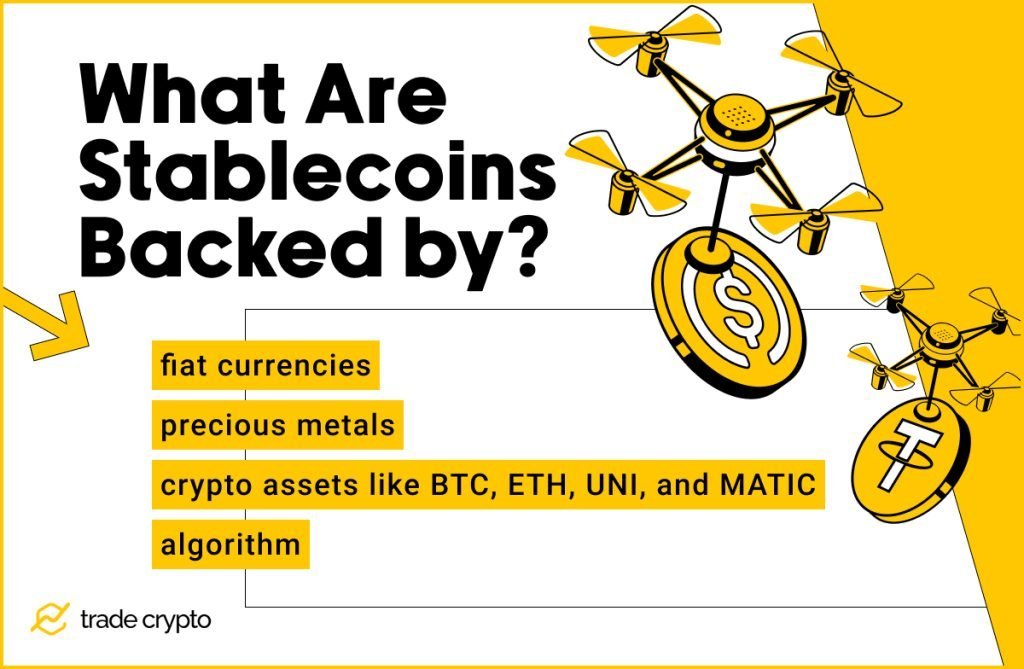
Stablecoin issuers must have collateral to issue or mine new stablecoins into the circulating supply. Depending on the collateral reserves, there are four main types of stablecoins that mainly vary in the degree of decentralization.
Fiat-Backed Stablecoin
As the name implies, these stablecoins are backed by fiat currencies like U.S. Dollars or Euros, making them the most popular stablecoin in the industry. The top fiat-backed stablecoins are Tether (USDT), Binance U.S Dollar (BUSD), USD Coin (USDC), and EUROS (EURS).
These stablecoins maintain the balance between reserves and circulating supply by using financial instruments, like commercial paper, corporate bonds, and treasury bills. Large financial institutions trade these debt instruments in the money market.
When market conditions worsen the liquidity requirements of a fiat currency, companies can use money market funds to buy such debt instruments to issue new batch stablecoins. Cash-backed stablecoins are less vulnerable to hacks because their fiat collateral is not held on the blockchain.
However, we still have to depend on a central entity to safely store the fiat balances and trust auditors to ensure transparency around reserve assets.
Commodity-Backed Stablecoin
Remember the gold standard? Commodity-backed stablecoins follow something similar. These are stablecoins backed by precious metals like gold, silver, and platinum. The most commonly used commodity asset for tokenizing such stablecoins is gold.
As precious metals are used, the price of underlying collateral can fluctuate. But some investors feel that owning tangible assets with lower volatility is better than holding redeemable fiat stablecoins with high inflation every year.
Despite having more upside, commodity-backed stablecoins have not taken off like fiat-backed stablecoins. Why? Because the collateral is not made of liquid assets like fiat currencies. Some of the top stablecoins in this category are Pax Gold (PAXG), Silver Tokens (SLVT), PlatinumCoin, and Palladium (Nornickel).
Cryptocurrency-Backed Stablecoin
With fiat-backed and commodity-backed stablecoins, we saw traditional assets form the collateral. But that changes with crypto-backed stablecoins. These stablecoins are backed by crypto assets like BTC, ETH, UNI, and MATIC.
As cryptocurrency-backed stablecoins are managed by smart contracts and held on blockchain, they are more decentralized than fiat versions. However, the risk associated with holding these stablecoins is way higher. It is because you have to ensure that you are correctly collateralized.
For example, a blockchain protocol asks you to use $150 as collateral to take $100 worth of stablecoins. So the collateralization ratio here is 150%. If the markets suffer downside volatility and the value of your collateral goes down, you can potentially get liquidated and take on losses. To avoid this, you can pay down some debt or add more crypto assets for collateral. DAI stablecoin is the most popular crypto-backed stablecoin.
Algorithmic Stablecoin
The most scrutinized stablecoins are algorithmic. And rightfully so! These stablecoins are not backed by any asset reserves. Instead, they rely on computer code to maintain the U.S. dollar peg.
Suppose the price is over 1 U.S. Dollar. The protocol then issues more stablecoins to cause inflation and bring down the price. On the other hand, if the U.S. Dollar peg is lost, the protocol removes stablecoins from the supply until the price is stabilized.
While algorithmic stablecoin has higher capital efficiency, it comes with the most risk and potentially causes a black swan event – an unexpected event with severe consequences. We saw this happen with the Terra U.S Dollar.
Terra had two digital tokens involved, where UST was responsible for maintaining the peg, and LUNA had to absorb the selling pressure. Due to poor design, it was vulnerable to attacks that would lead to a death spiral, leading to massive losses for retail investors and big hedge funds.
It’s clear that not all stablecoins are secure and easy to use. We need to see proper regulation to make them free of systemic risks and protect investors. So let’s find out how governments are reacting to this rapid growth in stablecoin usage in financial markets.
What’s the Government’s Stance on Stablecoins?
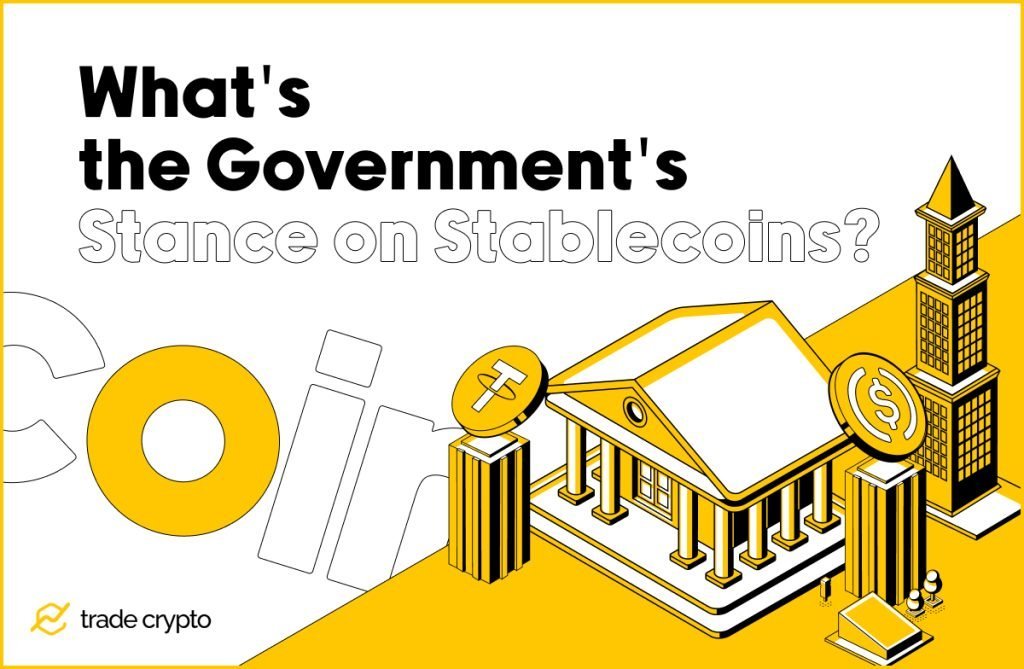
Seeing the formation of a possible parallel economy with payment systems fueled by stablecoins, regulators are doubling down on bringing legal clarity for investors and stablecoin issuers. As centralized entities control major stablecoins, it becomes even more important to have proper regulation that provides more transparency to users.
In the United States, the government plans to release rules and regulations over stablecoin reserves by the end of 2022. In late 2021, the president’s working group and other authorities at the Federal Reserve published a report on stablecoins, highlighting the potential systemic risks involved and the need for legislative action.
After countless meetings, the Federal Reserve’s policymakers held congressional hearings to introduce a Stablecoin Transparency Act. Their main focus was to root out bad actors and support good actors in driving more innovation. However, the bill may not be passed anytime soon, as lawmakers are unhappy with the proposals made thus far. It is further getting delayed because members of Congress have to devote more attention to winning midterm elections.
While the U.S. is delaying regulation, the European Central Bank is limiting stablecoin adoption. The crypto asset frameworks presented by Markets in Crypto-Assets (MiCA) limit daily volumes of stablecoins to only $200 million per day. Further, the government is restricting merchants from accepting stablecoins as digital payments. Belgium is one of many countries to introduce such strict guidelines.
In the case of emerging countries in crypto adoption, like India, the government is seeking support from other countries to establish proper regulation of crypto assets. India has also taken a step further to discourage investors from using digital currency by imposing a 30% tax and 1% TDS on every transaction.
While governments attempt to establish a regulatory perimeter for stablecoins, there are a few more concerns. Some authorities view stablecoins as securities, like the Securities and Exchange Commission (SEC). The chairman of the SEC, Gary Gensler, has stated multiple times that stablecoin issuers are subject to federal securities laws and proper reporting has to be made on what kind of investment contract they represent.
The other concern is money laundering using stablecoin investments. Governments feel that privacy-preserving tools coupled with decentralized stablecoins provide a way for bad actors to launder money without leaving a digital trail.
Stablecoin Comparisons: Which is the Best?
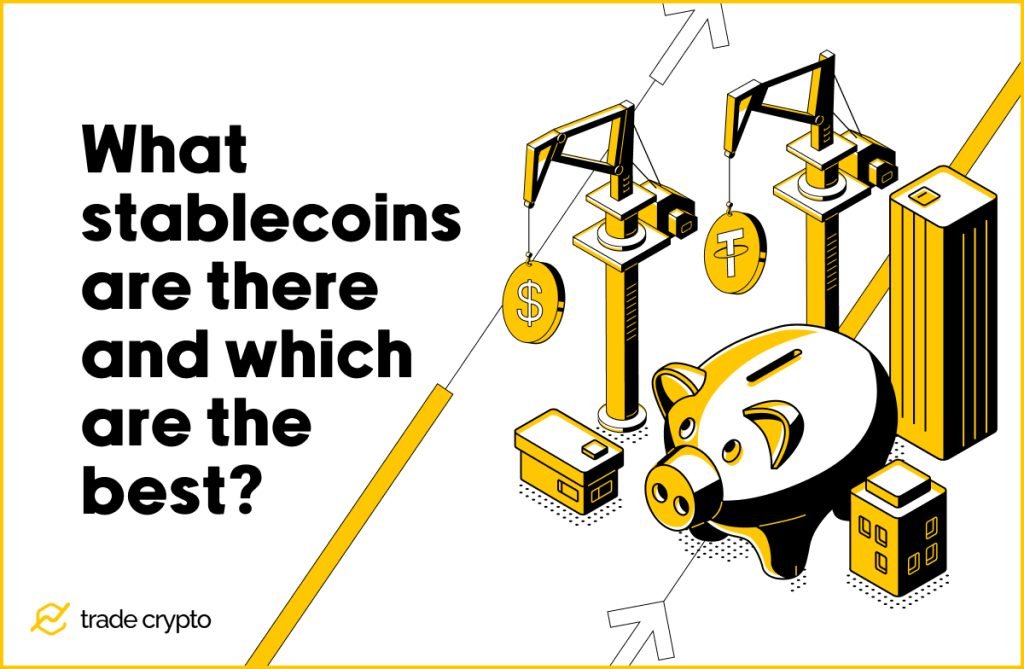
It is incredibly hard to determine the best stablecoin because many parameters are in play. Some of the most important ones are the level of decentralization, legal compliance, and financial sustainability.
In addition to these parameters, we must also consider market sentiment. If a stablecoin issuer was involved in shady activities in the past, market participants could lose confidence, possibly leading to a panic-selling event. Considering this as the criterion, let’s evaluate two of the biggest stablecoins in the market, with a combined market capitalization of over $100 billion — USDC and USDT.
USDC vs. USDT
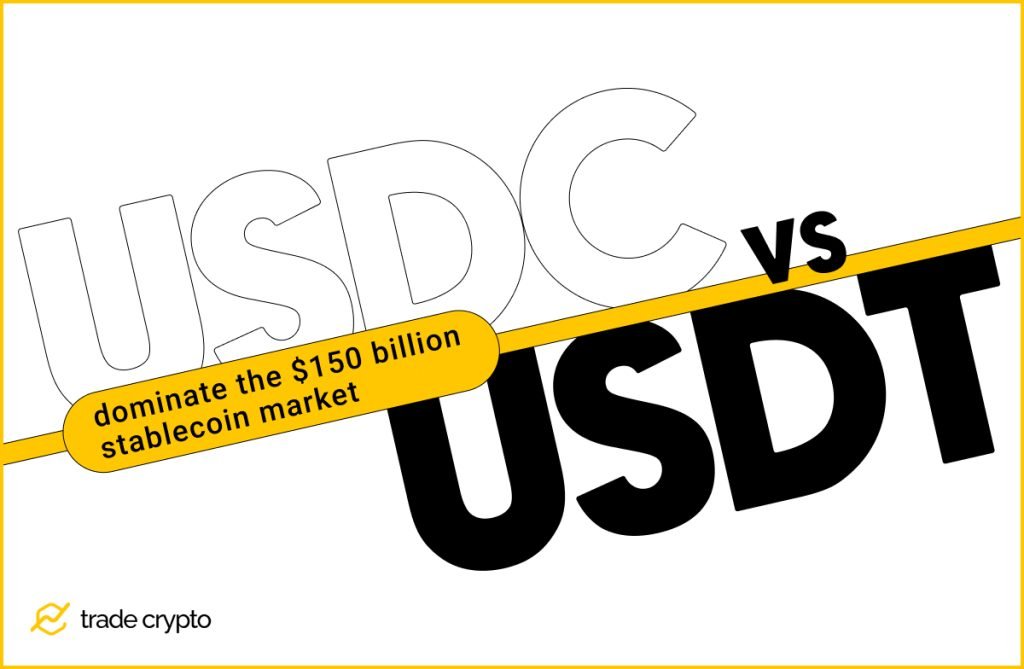
USDC and USDT dominate the $150 billion stablecoin market. Both come under the same category of fiat-backed stablecoins controlled by centralized entities. However, the reliability of these stablecoins is not the same. Let’s see why that is the case and what are the differences between USDC and USDT.
Tether
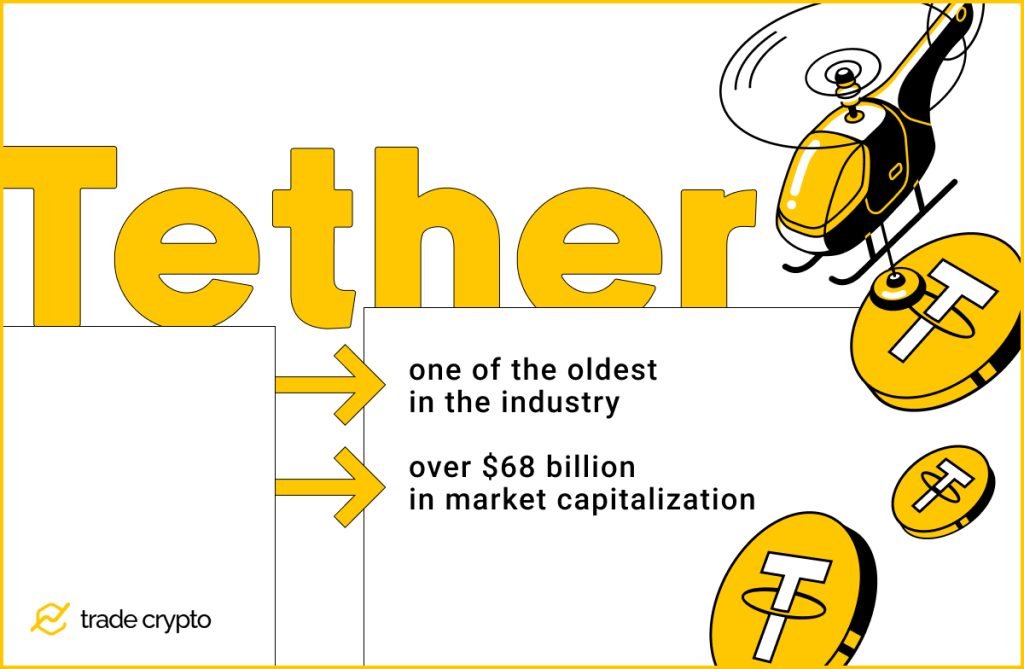
Launched in 2014, Tether is one of the oldest in the industry. It has over $68 billion in market capitalization, making it the largest stablecoin. USDT can be issued on various stablecoins, including Algorand, Ethereum, EOS, Liquid Network, Omni, Tron, Bitcoin Cash’s Standard Ledger Protocol, and Solana. But the redemption of tokens for fiat and adding more tokens to supply is done off-chain.
Although USDT is the number one stablecoin by market cap, it carries a bad reputation in the crypto space. Many believe that Tether is not following full collateralization for the stability of stablecoins. The firm has been reluctant to share security audits of reserve assets in the past.
Last year, they were fined $41 million by the Commodity Futures Trading Commission for claiming to have sufficient reserves to back newly issued USDT. The commission also highlighted that Tether had fully backed reserves for only 27.6% of the days in the three years from 2016 to 2019.
Since then, Tether has been more transparent and collaborative with regulators and customers. However, it still has to produce records for the court to put the uncertainty to bed. Lawyers representing Tether have been reluctant to share the details, but the New York judge made it clear that Tether’s records are “undoubtedly important” to assess the legitimacy of USDT.
If the judge gives a green signal, we would likely see investor confidence restored and USDT usage rally to new heights.
USD Coin
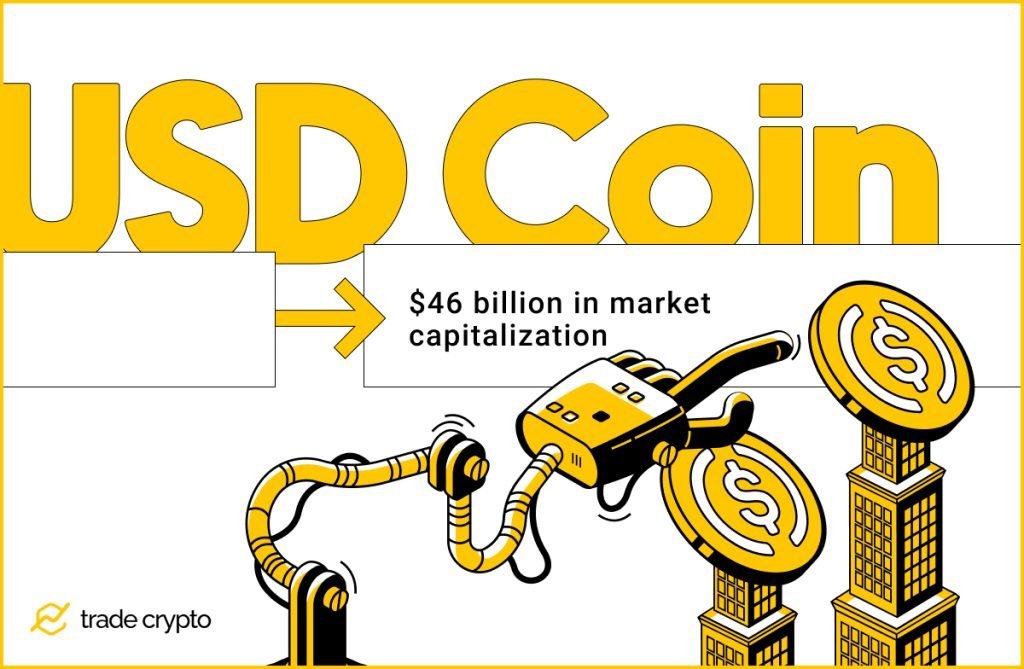
Created in 2018 by Coinbase and Circle, the USD Coin is one of the few stablecoins to reach $46 billion in market capitalization in such a short period. USDC rapidly climbed the stablecoin rankings because it ensured complete transparency from day one. The operator behind financial and technical matters, Centre Consortium, cooperated with the authorities and got approved by a regulated financial system.
With no regulatory pressures, USDC attracted more investors and captured a significant market share. It also drives adoption by partnering with big financial companies, like VISA, to allow merchants to accept stablecoin payments. Similar to USDT, USDC is available on multiple blockchains, including Avalanche, Solana, Ethereum, Algorand, and Polygon.
So, if you want to choose a stablecoin for investing, you must go with USDT. It has more trading pairs and higher liquidity compared to USDC. But, if you simply want to store your money for payments and want better regulation of stablecoins, you should go with USDC.
Does that settle the debate? Well, maybe in the centralized world of stablecoins. We still have to explore our options in the decentralized versions of stablecoins.
What About Decentralized Stablecoins?
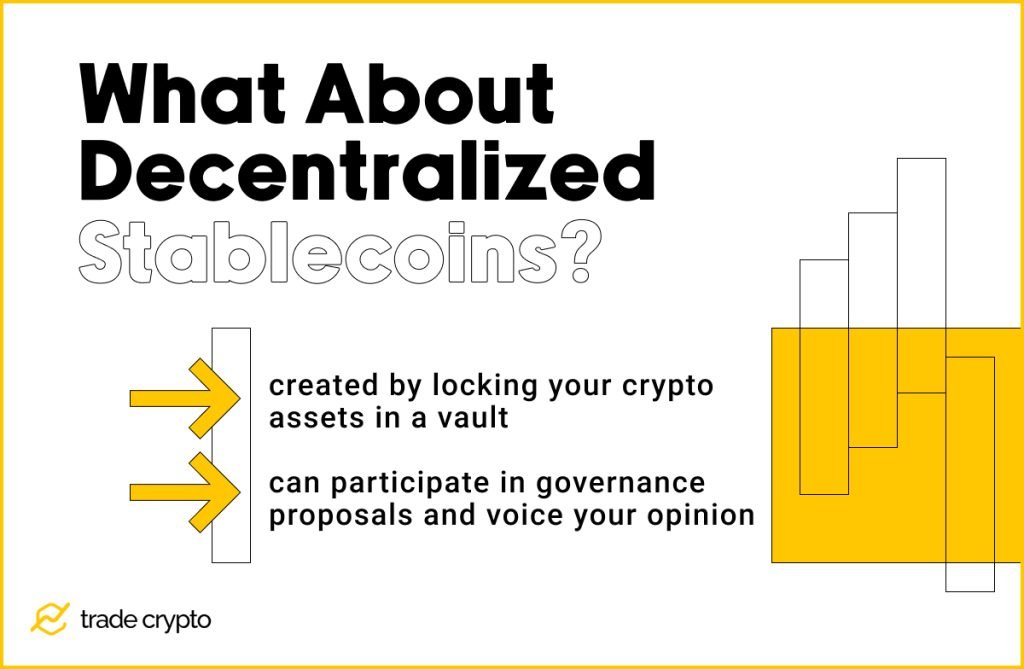
Decentralized stablecoins are created based on other crypto assets or algorithms. While the former is widely accepted, the latter has dialed back to the experimental stage after the Luna implosion. So let’s discuss the upside of crypto-backed stablecoins.
You are increasing capital efficiency when you issue stablecoins using crypto assets. By taking out a loan in stablecoins at minimal interest rates, you have a chance to deploy the capital in other investments to get bigger gains. This can help pay off the interest and give you more exposure to different crypto protocols.
For example, the decentralized DAI stablecoin is created by locking your crypto assets in a vault. It supports different assets with varying collateralization ratios, giving you more options on a risk-adjusted basis.
What makes decentralized stablecoins more interesting is that you can participate in governance proposals and voice your opinion. So, if there’s any risk involved by adding certain assets to borrow against, they can be removed through voting. Apart from DAI, the DeFi Dollar (DUSD) is another decentralized stablecoin, collateralized by Curve Finance L.P.s.
Stablecoin Risks
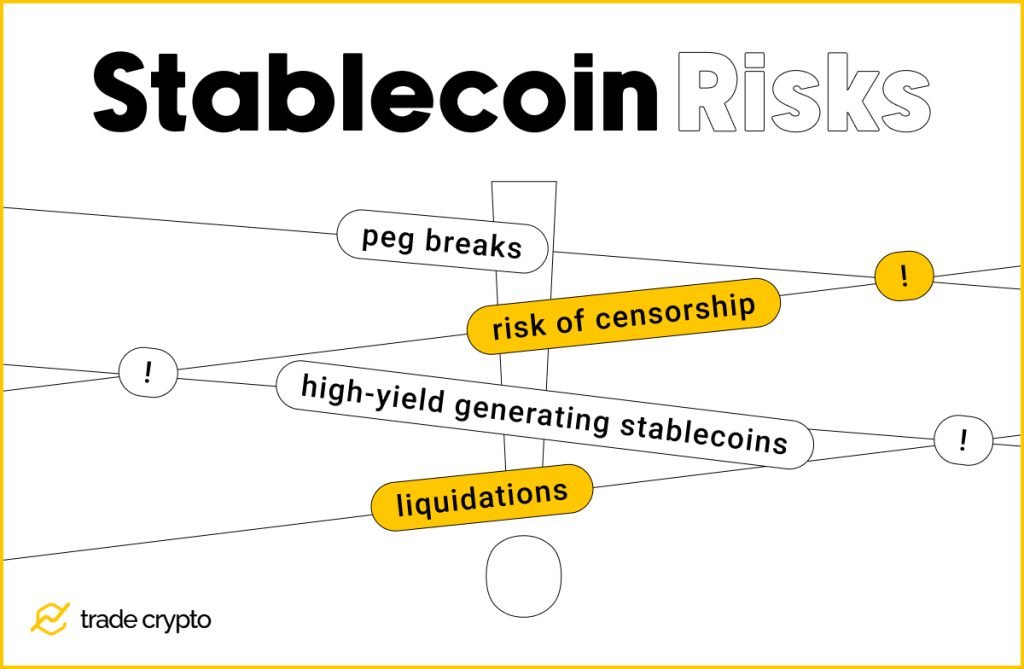
The risks vary based on the type of stablecoin you choose. But the common risk of using any stablecoin is peg breaks. When the price is unstable, it leads to panic in the market, and people will refuse to hold that particular stablecoin for investment purposes.
If we consider centralized stablecoins, there is also a risk of censorship. We recently saw Circle ban wallet addresses that interacted with Tornado Cash, a mixing service. It is entirely possible companies would continue to censor wallets as they have to comply with the regulators, even when the laws are hurting the decentralization of blockchain protocols.
Another potential risk to avoid is high-yield generating stablecoins. At first, it works perfectly and attracts millions of investors. But until there is actual cash flow for a company issuing stablecoins, it’s all based on speculation. And when things go south, it can come crashing down real fast. So, you shouldn’t try to make unrealistic returns on new stablecoins and end up on the wrong side of the trade.
With decentralized stablecoins, you should choose a well-known application to borrow stablecoins against your crypto assets. You also should monitor your positions to prevent liquidations. And you need to have sufficient capital on the sidelines to deploy when the market conditions get worse.
Future Direction of Stablecoins
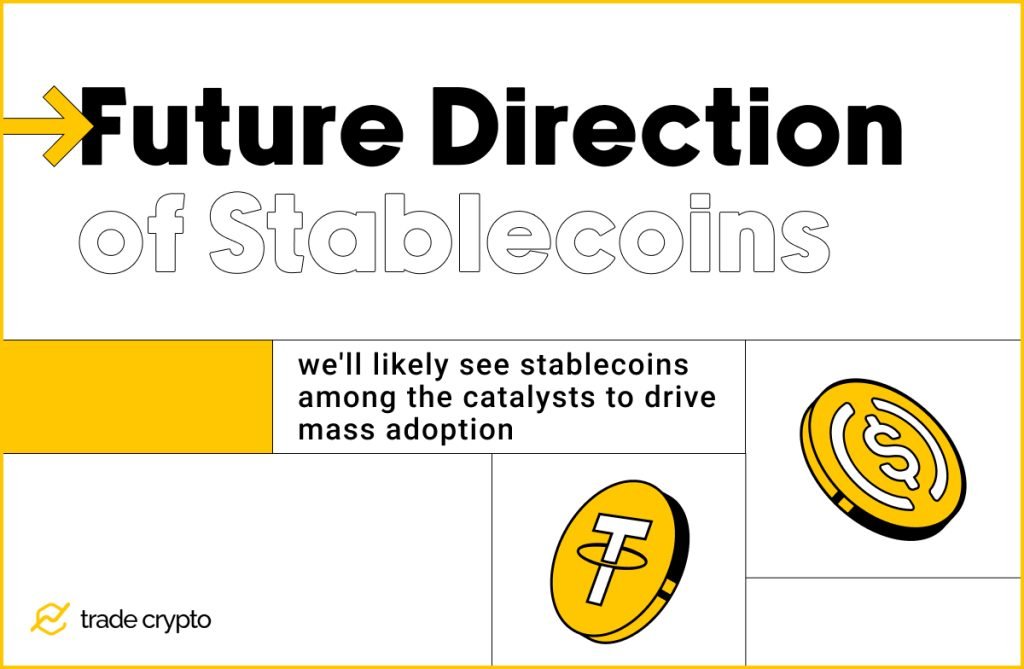
Stablecoins ushered in new forms of digital money. They offer a cheaper and faster approach to making payments worldwide than fiat currencies do. Further, they are promoting the larger vision of financial inclusion. With the growth in Web3 wallets, we’ll see an even bigger impact of stablecoins, especially in countries with broken financial infrastructure.
But, to see the dream of decentralized money come true, we need to address the regulatory issues and bring back investor confidence. As governments are working with central bank digital currencies, it is also important to drive more alternative payment options that are decentralized and can co-exist with fiat currencies.
With a regulated landscape and a suite of DeFi products tailored toward real-world use cases, we’ll likely see stablecoins among the catalysts to drive mass adoption.
Crypto Ping Pong Digest
Trash style news. You will definitely like










